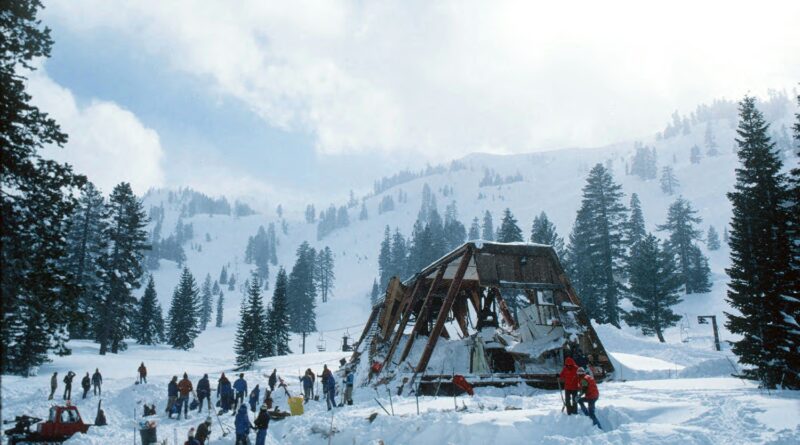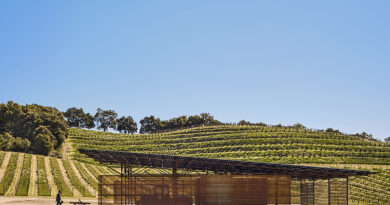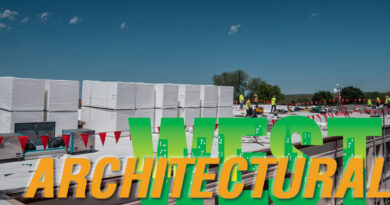Snow Retention Systems
Are Snow Avalanches From Roofs Preventable?
by Terry Anderson, founder, TRA Snow & Sun

(Editor’s Note: Terry Anderson has been a roofing consultant for more than 30 years. He has traveled abroad researching solutions to snow and ice movement on roofs and is coauthor of manuals on the subject for the Western States Roof Contractors Association and the Tile Roofing Industry Alliance. He has contributed articles and case studies to several roofing and architectural industry publications.)
Forty years ago, an unprecedented avalanche occurred at Alpine Meadows Ski Resort in Lake Tahoe, California, and caused the deaths of seven people. I recently watched the 2021 documentary film Buried, which is a recounting by employees of Alpine Meadows of that incredible avalanche in 1982. They tried to prevent it, witnessed it, and then had to dig out their friends who were buried.
As a roofing consultant for more than 30 years, I considered the similarities and differences between a mountain avalanche and avalanches of snow and ice off roofs. A wrongful death lawsuit by victims’ families against the Alpine Meadows Ski Patrol ended with a non-negligent verdict. In contrast, parties in the architecture and roofing industry are sometimes negligent when it comes to preventing snow and ice movement on roofs. The Alpine Meadows avalanche was deemed an unprecedented event, but most roof avalanches are preventable. More can and should be done to prevent injury and death from snow and ice avalanches off roofs.
The ski patrol at Alpine Meadows used all the information, data, and techniques that were available 40 years ago to avoid adverse outcomes from avalanches, but they could not prevent the deadly event. Since that time, the prevention of mountain avalanches has dramatically improved. We now know that prevention of such events depends on gathering and considering as much information as possible. The same is true for preventing roof avalanches.
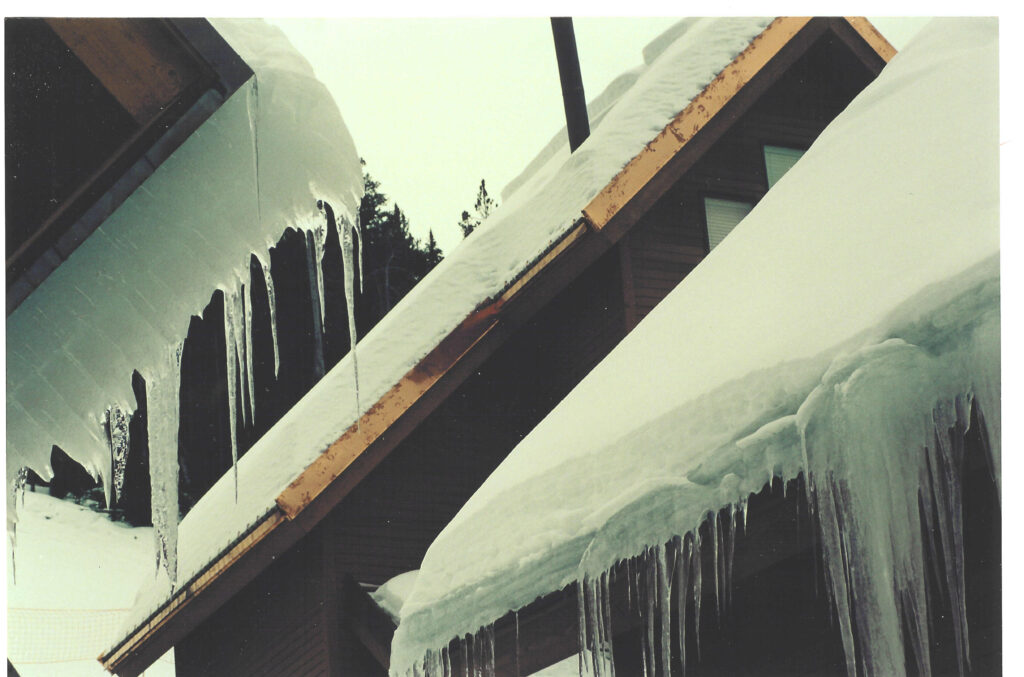
This article highlights the information we should consider to best protect people and property from roof avalanches. It is based on what I have learned in my years studying and contributing to manuals about roofs in snowy and icy climates. Following, I pose key questions and explain their significance for the prevention of roof avalanches.
Is the structure engineered based on correct snow load data? Over the past 50 years, building codes have changed to make buildings safer. Live loads and snow loads are constantly being revised based on historical data, which helps to safeguard the integrity of the structure when installing a snow retention system. Now structures are designed which implement greater live loads, based on 50 years of history. Knowing when the structure was built and what loads it was designed to support is necessary to safeguard the integrity of the structure when installing a snow retention system.
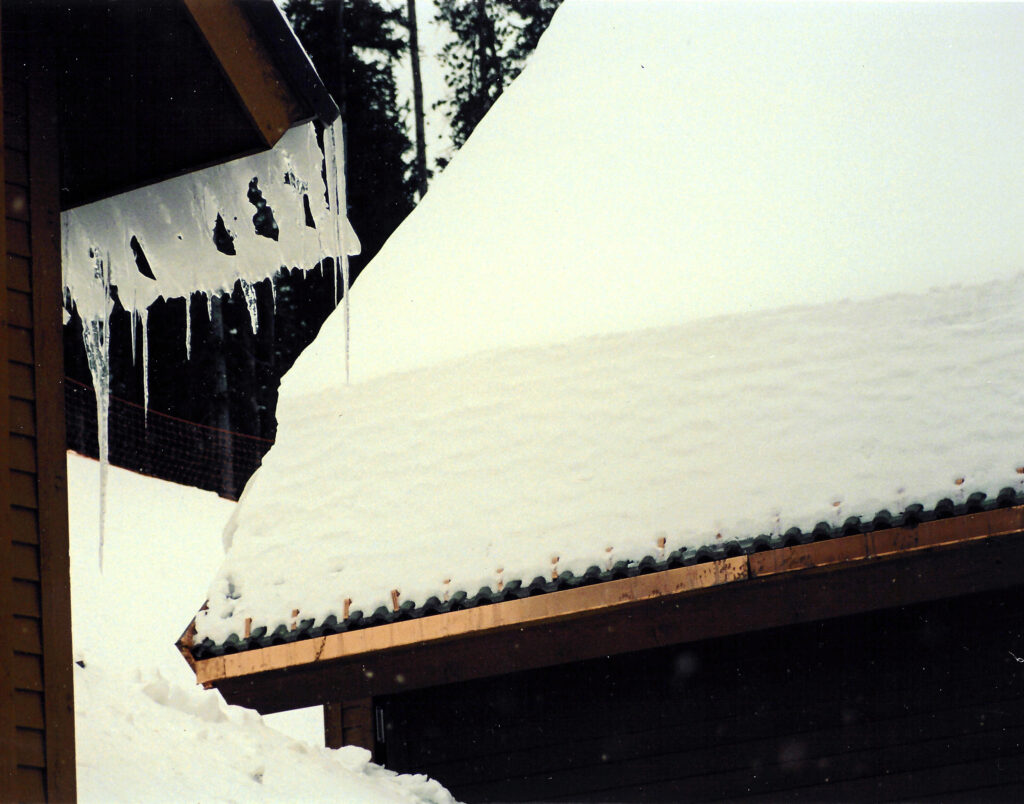
What is the ground snow load? This load is an important consideration when designing structures and snow retention systems. Note that the ground snow load is based on data from the last 50 years, and local snow loads change as new data are collected. A 50-year period is used to allow engineering based on the worst conditions over a lengthy time frame.
What is the R-value of the structure’s insulation? Is the structure super insulated to an R-value equal to or greater than 50? Radiant heat rises from inside a structure and melts the snow on the roof. The melted snow, in the form of water, travels down the roof to a cold area, often at the eaves. There the water turns to ice. There are only two ways to stop this process. One is to install insulation with an R-value of at least 50 with a vapor barrier installed on the warm side. The other is by implementing a vented, cold-roof system.
What is the roofing product? It is important to identify the roofing materials because different materials allow snow and ice to slide at different rates. For example, metal roofs allow snow masses to slide and creep more than asphalt shingle or wood shake roofs. However, all roofing products permit snow and ice movement as temperature swings allow volumes of water to flow downward under the snow mass. This moving water under a snow layer limits the friction that would minimize snow movement. Even if a large temperature swing happens only once every one to three years, the snow retention system should be designed with this rare occurrence in mind.
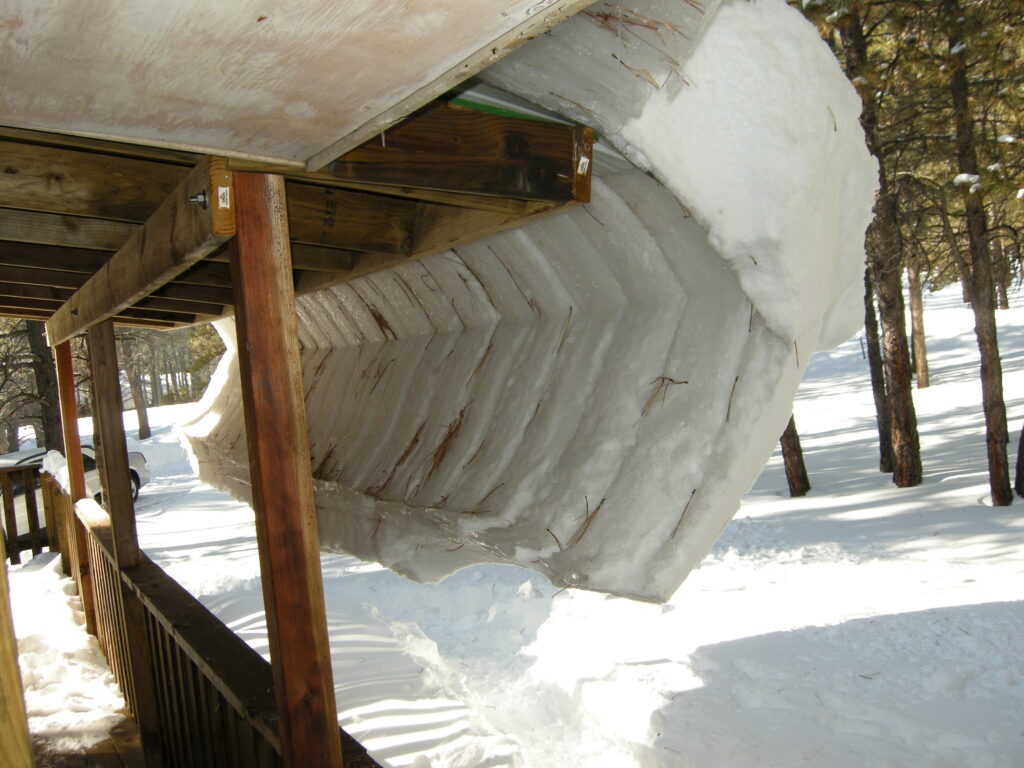
What type of sheathing is under the roofing product and how thick is it? As the weight of the snow and ice builds, it may be impossible to prevent an eventual avalanche. In the Alpine Meadows tragedy, the weight of snow and ice built up until it raced down the mountain. The goal is to create a system on a roof where no part of the system will allow an avalanche. This includes understanding the type of sheathing and its thickness and at what point a fastener pulls out or shears from that specific sheathing type. Manufacturers of snow retention devices should have test data for most common roof systems and can recommend a design that will minimize avalanche risks. Ask for the manufacturer’s input and follow its engineered design.
From what directions do storms typically approach? This information will help establish where snow will drift and pile up, creating excess weight and cornices in certain areas. Then a design can be created that accomplishes two things. First, the added weight in these areas can be factored into the engineering of the building structure. Second, snow retention can be increased in these areas of greater load.
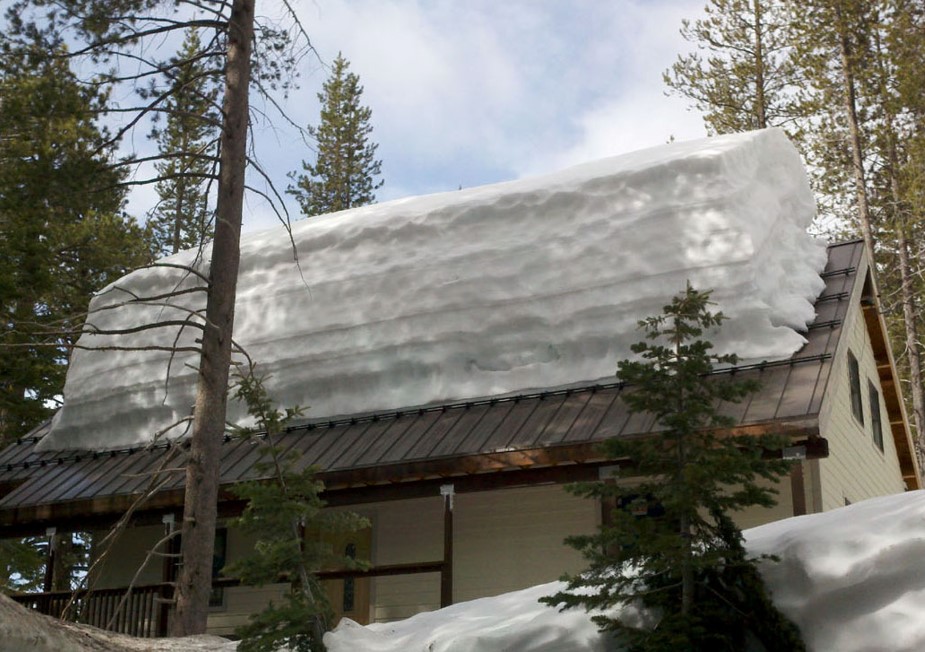
Is the roof a cold roof system? A true cold roof system, which vents the air below the roofing product from the eave out through the ridge, helps prevent ice dams. Cold roof systems prevent many snow and ice buildup problems. As radiant heat enters the air space under the roofing, the air molecules rise, moving up toward the ridge. This movement draws cold air from the eave upward. A chimney works in a manner very much like this. When designing a cold roof system, you need to know many factors, such as the slope and length of run from eave to ridge. Consult the Concrete and Clay Tile Roof Design Criteria Manual For Cold and Snow Regions published by the Western States Roofing Contractors Association and the Tile Roofing Industry Alliance. The information available in this manual will help you with your particular roof design for all sloped roofs. You can determine the sizes of air intake and exhaust and duct size from eave to ridge. This system is great for simple roofs but not for cut-up roofs, which include dormers. Dormer areas can be problematic because if they are not correctly vented, ice dams can form at the base of dormer valleys.
Has a heat trace system been used, and is it effective? Heat trace is installed wherever ice can develop and must keep water from turning to ice and flowing all the way down to the ground and away from the building or the water will freeze again in another place and cause other problems.
Is the heat trace system installed with ground fault interrupters (GFIs)? Many roof fires have started from heat trace systems on roofs. Subsequently, building codes now require special GFIs for heat trace systems, which trip in the panel box rather than at the outlet. If the GFI is not reset, the ice will soon build up and overwhelm the heat trace system. One answer to this problem is a light system, which alerts building maintenance that the GFI has tripped.
A straight heat trace elements path is simple to implement, but valleys, dormers, gutters, and ice damming areas can be difficult to address in the heat trace system. All of these areas need special attention. Many times, gutters and downspouts will be overrun with ice if there is only one heat trace line in them. Plus, a heat trace for a dormer must also include a way to keep the water warm all the way to the ground. Consultation with a heat trace electrical engineer is wise when designing a heat trace system for a complicated roof. It is also important that the homeowner is aware that their electrical bill could increase dramatically when a heat trace system is used.
Is there a snow retention system on the roof? If so, is it engineered for the specific roof? If the snow retention system is designed and installed without the use of important data related to safety and efficacy, it is likely to fail and could cause greater roof damage or damage to people and other property than if there were no snow retention system. Critical factors to know when designing and installing a system include what the devices are attached to, the sheathing thickness, fastener shear or pull out, and the snow device failure point. To determine the engineering for a specific system, the system’s designer must consider which part will fail first and at what load it will fail. Manufacturers of snow retention guards and snow fences should provide this information so that the devices are specified and installed correctly.
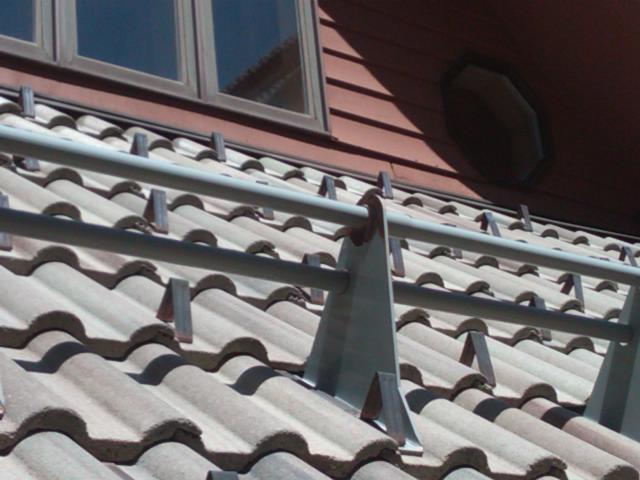
Are there likely to be ice layers in the snow mass? During the Alpine Meadows storm of 1982, 10’ of snow fell in one storm on top of an ice layer that had formed earlier. The avalanche slid on top of the ice layer. In winter, the sun melts snow on a roof between storms. Water flows snow retention devices and freezes around snow guards in the roof field. This ice helps to hold the snow mass. However, many ice layers can form over time in this manner. Subsequent storms can create snow that piles up higher than the average 3” height of a roof snow guard. Therefore, it is sometimes necessary to add a snow fence, which is attached to the rafters. This arrangement is often needed above walkways to protect people in an area where the upper layer of snow could slide off onto them. A retention system using snow fences must be engineering using data specific to the roof.
Controlling roof snow and ice may seem difficult, but it is completely possible. Snow retention systems that factor in data specific to the roof, adequate venting, proper insulation, and a heat trace system should be considered for every structure in a snowy climate. No one should ever die because of a roof avalanche.
